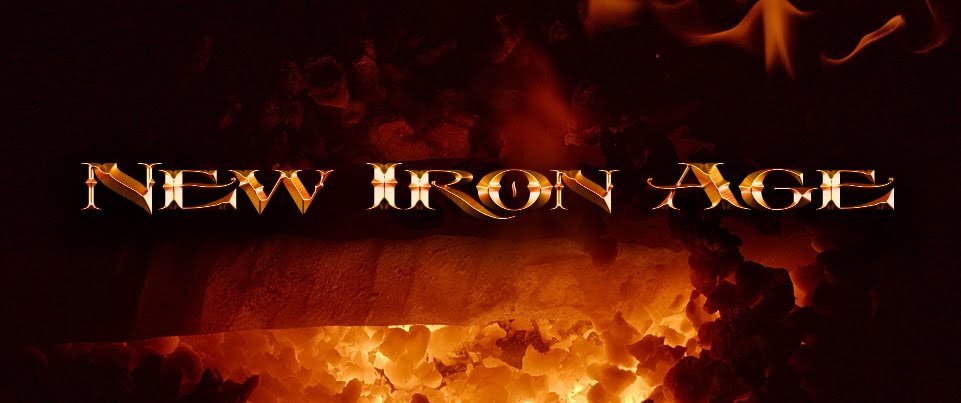The field of Sword &
Sorcery – like SF and Fantasy in general – was pretty much a
sausage-fest in the early days. A listing of the luminaries of the
genre seems like an unending parade of men, and while S&S is
often seen as an even more ‛manly’ genre than Fantasy in general,
it would be a crime for me to overlook the few women who did manage
to make an impression. One of the earliest and most well-established
names was Catherine Lucille Moore who wrote under the name of C. L. Moore.
It was common, up
until quite recently, for women writers to cloak their gender beneath
a shroud of initials, or a neutral name like “Andre” or
“Harper”. There is a sad prevalence to the idea that women write
things that are of exclusive interest to women, while the appeal of
men’s work is supposed to be universal. Only now are people really
beginning to try and punch serious holes in this asinine notion, and
one of the very first hole-knockers was Catherine Moore and her
fantastical imagination.
The initials may
have fooled some people in the early days of her pulp work, but later
her gender was not really a secret, and she frequently worked in
tandem with her husband, fellow pulp luminary Henry Kuttner. But
even on her own, Moore became a respected name in Fantasy and SF in
an era when most women stayed out of the largely male field of
fandom.
Moore likely became
the creator she was due to her childhood. She always had terrible
health, and spent a great deal of time alone and bedridden, which
allowed her plenty of time for daydreaming, creating, and writing.
Her first stories appeared in Weird Tales in the mid 30s, and
it is here her seminal influence on S&S comes through.
The ‛Warrior
Woman’ archetype has become a sort of bugaboo for the S&S
genre. The image of a woman in the ubiquitous chainmail bikini,
posed like a pinup, is an indelible and embarrassing relic of a
comic-book era that has still not entirely passed. The prototype
would supposedly be Red Sonja – a creation supposedly of Robert E.
Howard, but actually an invention of the mid-70s comics. The Red
Sonya Howard wrote about in one story was a late-Renaissance warrior
who dressed far more practically at the Siege of Vienna. He also
wrote about another red-haired warrior lady called Dark Agnes de
Chastillon, though he only produced two full stories, and they were
not printed until almost 40 years after his death.
Moore, however, saw
them in manuscript during her correspondence with Howard, and they
seem to have made a great impression. We don’t know for sure if
her invention of her own warrior woman was influenced by Agnes, or
the other way around. What we do know is with her tales of Jirel of
Joiry, Moore created a character who still stands as a landmark in
the field.
Jirel is a warrior
woman, but she is never depicted as a pinup or sex object. Jirel is,
in fact, probably the most well-drawn and well-rounded character of
any kind to be depicted in the pages of Weird Tales. She is
angry, violent, mercurial, and resolute. She is the definition of a
flawed heroine, often allowing her pride and anger to drive her to
decisions she later regrets. Her adventures in a fictionalized
Medieval France are Sword & Sorcery tales with an unusual focus
on character, emotion, and consequence.
Moore spent the
second half of the 1930s producing a slew of Jirel stories. And
though she never returned to her later, the woman had left her mark,
both by being the first female writer and creating the first female
S&S protagonist, and by delivering a degree of emotional depth
and character that was unusual then and is still unusual now. Sadly,
too many of the warrior women dreamed up in later decades have lacked
Jirel’s personality and dignity, and she remains a standard to live
up to, or fall short of.


